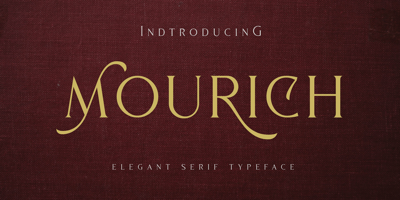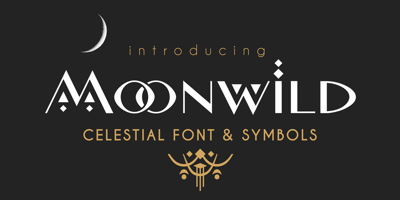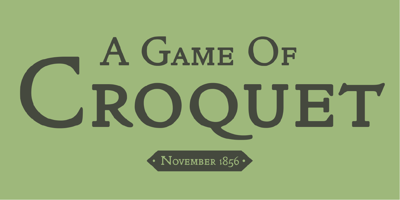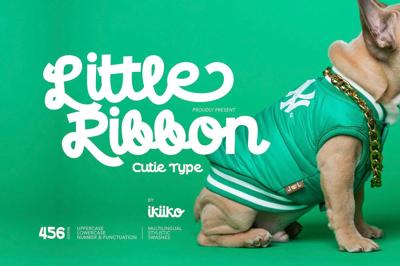Font Licensing Guide: Where and How You Can Use Fonts Legally
Font Licensing Guide: Where and How You Can Use Fonts Legally
Fonts aren’t just design assets—they’re intellectual property. And just like photos, music, or software, using them without the right license can get you into legal trouble.
In this guide, we’ll walk you through the essentials of font licensing: what types exist, where you can use different fonts, and how to stay safe (and stylish) in your projects.
Why Font Licensing Matters
When you download a font, you’re not buying the font itself—you’re buying the license to use it in specific ways.
Misusing fonts can result in:
-
Legal fines or takedown requests
-
Rejected projects by clients or platforms
-
Damaged brand reputation
So yes—font licensing is a big deal.
Common Types of Font Licenses
Here are the most common font license categories you’ll run into:
1. Free for Personal Use
-
Allowed: Personal blogs, school projects, mockups
-
Not Allowed: Client work, commercial ads, published apps
-
Where You’ll Find These: DaFont, some Behance freebies
Caution: This is the most misunderstood license. Always read the fine print!
2. Free for Commercial Use (or Open Source)
-
Allowed: Commercial projects, websites, client work
-
Example Fonts: Google Fonts (OFL), many on FreeForFonts.com
-
Where You’ll Find Them: fonts.google.com, freeforfonts.com
Open Font License (OFL) is the gold standard for truly free use—edit, redistribute, and use without limitation.
3. Desktop License
-
Used For: Designing print materials, logos, images (not embedding)
-
Applies To: One user or machine typically
-
Where to Get It: Adobe Fonts (via Creative Cloud), MyFonts, Fontspring
4. Webfont License
-
Used For: Embedding fonts on websites via
@font-face -
Limits: Often tied to monthly page views
-
Watch Out For: Some free fonts do not allow self-hosting!
5. App/Software License
-
Used For: Embedding fonts into apps, games, or software interfaces
-
Usually Sold Separately from desktop/web licenses
-
Common Sources: Monotype, Adobe Fonts, foundries
6. E-Pub License
-
Used For: Embedding fonts in digital books, PDFs, or magazines
-
Important If: You publish through platforms like Kindle, Apple Books, etc.
Fonts from Different Platforms: What’s the Catch?
| Platform | License Type | Usage Notes |
|---|---|---|
| Google Fonts | Open source (OFL) | Free for web, apps, print |
| Adobe Fonts | Included with Creative Cloud | No extra purchase needed for commercial use |
| Free For Fonts | Mixed (clearly marked) | Offers both personal-use and commercial fonts |
| DaFont | Mostly personal-use only | Always double-check license details |
| Creative Market | Varies per product | Often includes multiple licenses in bundle |
How to Stay Safe with Font Licensing
-
Always read the license file that comes with the download
-
Don’t assume “free” means “commercial use”
-
When in doubt, contact the font creator
-
Back up your license receipts—clients may request them
Client Work? Double-Check Everything.
If you're a designer delivering work to a client:
-
Make sure the client holds the license, not just you
-
Avoid “personal use only” fonts—ever
-
Consider creating a font checklist for handoff
Bonus Tip: Embed Legally in Your CSS
When using self-hosted fonts on your site:
@font-face {
font-family: 'CustomFont';
src: url('/fonts/customfont.woff2') format('woff2');
}
But only do this if your license allows self-hosting!
Final Thoughts
Fonts may be digital, but they’re real intellectual property—crafted with care by talented designers who deserve recognition and protection.
When you use fonts ethically and legally:
-
You support creators
-
You avoid fines or rework
-
You protect your own projects and clients
Because great design starts with respect—both for your audience, and for your tools.





